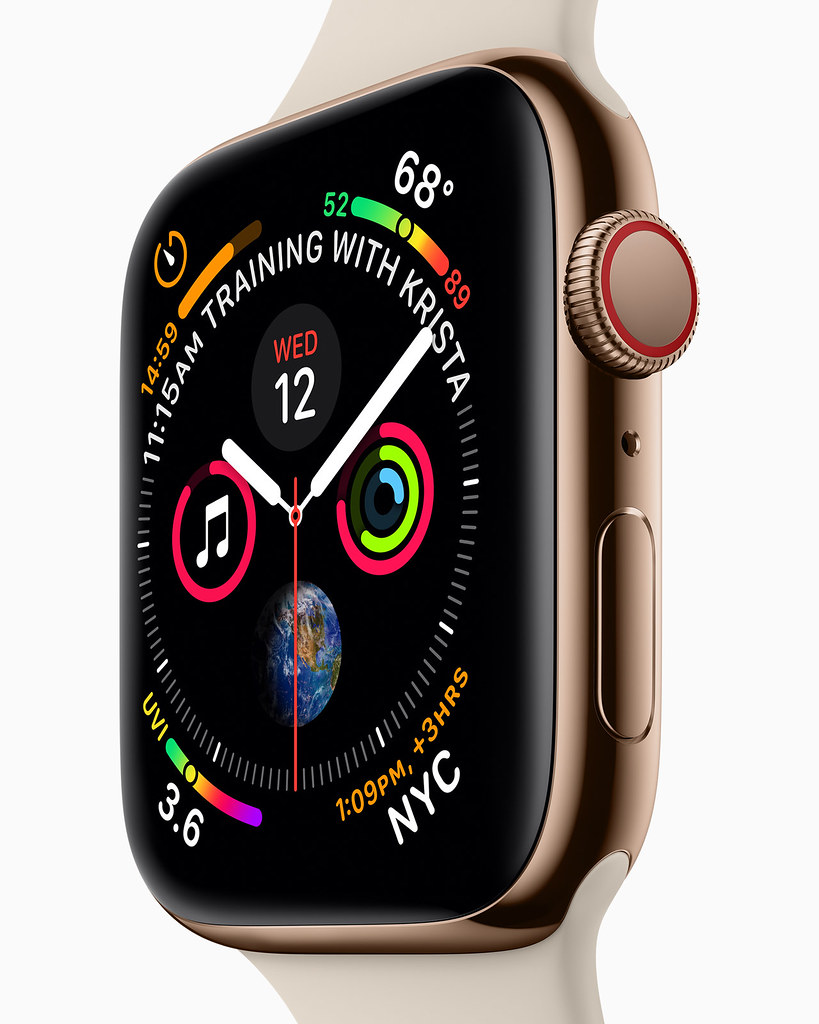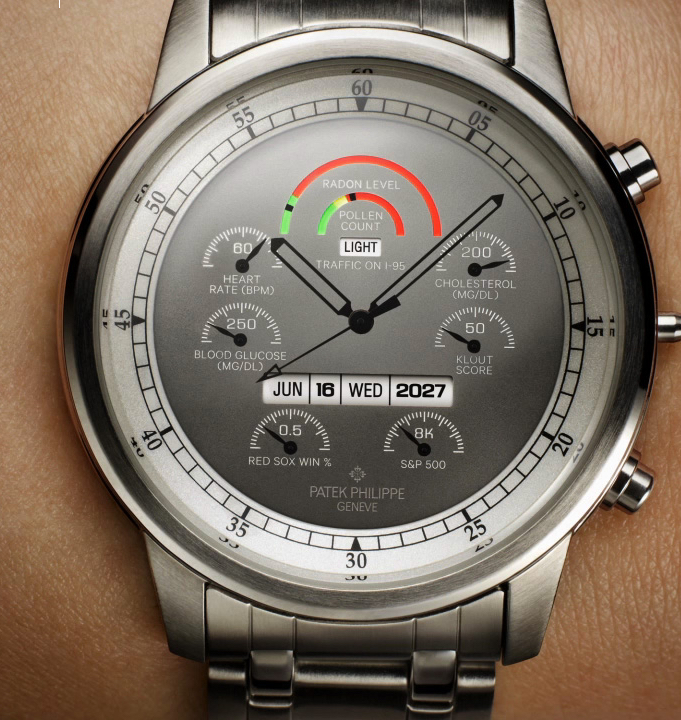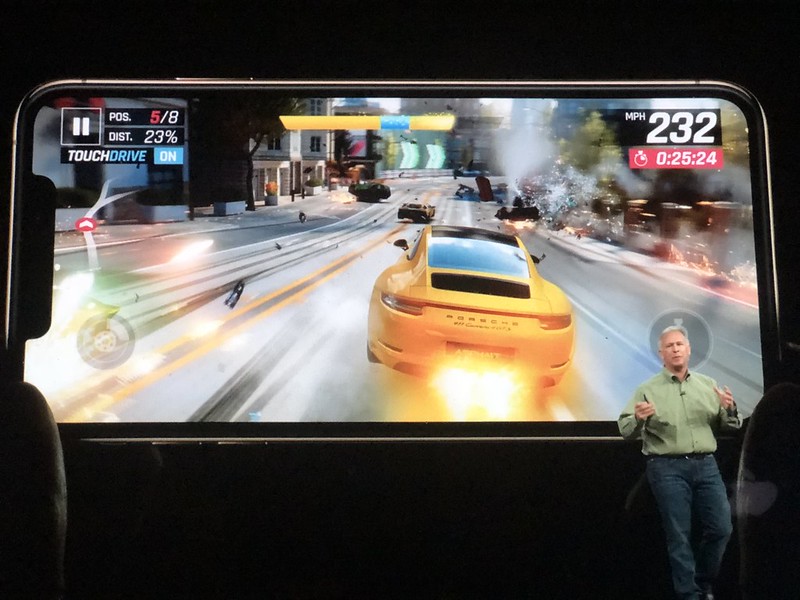4 minutes estimated reading time
Random notes as I watched the iPhone Xs, iPhone XR and Apple Watch Series 4 launch.
Watching the introductory clip, this felt like an event designed mostly for an internal audience. The events have become a parody of themselves with very well worn tropes.
Company and eco-system update
- Apple stores: 500,000,000 visitors per year. The stores have free wi-fi and classes, so this isn’t just about purchasing or building loyalty with customers. It has become public private space.
- 2 billion iOS devices – many users will have replaced at least three devices so the community of likely iOS users is probably closer to 600 million. iPad tend to end up being communal devices in family homes and so have a longer life.
- Apple Watch is the number one watch – I found this clip suprising. I find that hard to believe given the ubiquity of the Casio G-Shock range, or the F-91W family of basic digital watches
Apple Watch series 4
It is clever in some of the engineering: mass producing a ceramic back. the way Apple has managed to squeeze an ECG function in there. But there is a lot not to like about the watch
The case design preportions seem off in the video, it may look better in real life. I am guessing that part of the move is about the cellular aerial, but then you have the ceramic back
- They still haven’t sorted the crown positioning and protection – it will still fire up Siri for no apparent reason
- The device is only minimally waterproof
- The awful information design in the face used on Apple Watch hero images

Which got me rooting through old copies of Wired magazine. They used to have a ‘Future of’ section on the back inside cover. And lone behold
iPhone Xs
I was really unimpressed by the iPhone Xs. Don’t get me wrong it looks ‘nice’ and takes a lot of engineering. There isn’t an upgrade reason for X users. I find the AR applications are gimmicks rather than necessarily being regularly used apps. The notable exception would be the measuring tape app included in iOS 12
Screen pixel counts are now getting ridiculous – you won’t be able to see the difference in terms of pixel refinement. Contrast may improve in HDR.
The sound on the device doesn’t recognise that consumers use headphones. It was all about louder speakers.
For iPhone 6/7/8 users the battery life descriptions for the new iPhone Xs devices were weasel language that would make me be wary of upgrading on this cycle.
Facial recognition but no in screen biometric touch sensor means that you still have a notch. It also means that there is a dissonance in experience between the touch sensors on the latest MacBook Pro models and iPad models. How will Apple be handling websites that have integrated Apple Pay validation?
As a MacBook Pro user, this told me to hang on to my current device. Wait and see if Apple changes the authentication again on the next round.
A12 Bionic chip. 20 years ago five trillion instructions per second would have been impressive as this would have been a super computer. Now it is pretty much in line with what one would expect in Moore’s Law. Intel are squeezing double the rate fo computing power out of FPGAs. You’ve got all that power and you get animojis…
How the software handles the paralellism of the chip is key. That is something that Sony found in the Cell architecture of the Playstation 2. Don’t expect that power to be obvious in 3rd party applications. The addressable memory claim surprised me. Its a 64 bit processor, so of course it could address 512GB of memory.
- How much of the A12 chip is required to get FaceID to work?
- How will the software get the most out of the cores?
- There isn’t modem integration which helps rivals with their circuit board designs.
iPhone camera ‘breakthroughs’ seem to come from intellectual property that Lytro developed?
Dual SIMs – it is definitely a minority interest. It is likely to annoy carriers in mature markets with the exception of challengers like T-Mobile US.
The SIMs are all non-standard formats which is a pain in the backside. eSIMs are only supported by EE and Vodafone in the UK. The nano-SIM is yet another smaller format of SIM which will be hard to sell to carriers. The most attractive model is the China market one with two physical SIMs.
This could be:
- Because China Mobile, China Unicom or China Telecom wouldn’t get on board with eSIMs
- To screw with the Chinese grey market for iPhones (which is on the decline anyway
- An unfortunate side effect is that it makes the China models more desirable for a (minority) consumer like me. So the grey market is likely to go the other way
iPhones are coming with a USB rather than USB C cable in the box, which raises questions about the longer term commitment to Thunderbolt 3…
iPhone Xr
Why did Apple create so many colour versions. It has too many colour variations. One of Apple’s historic strengths has been keeping a tight leash on the product portfolio.
More Apple related content here.
